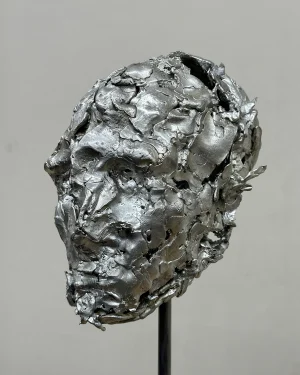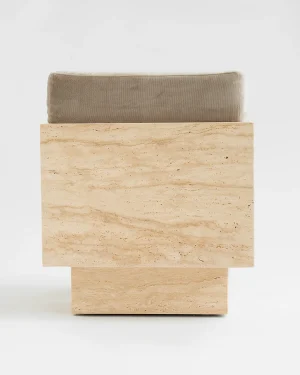-
 In stock
In stockUmbral Side Table
€2.900 -
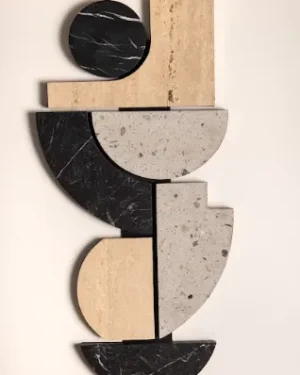
Zm Maria Sculpture
€1.845 -

Manikin – Stone Stool
€10.849 - €19.582 incl. tax This Piece has multiple variants. The options may be chosen on the Piece page -
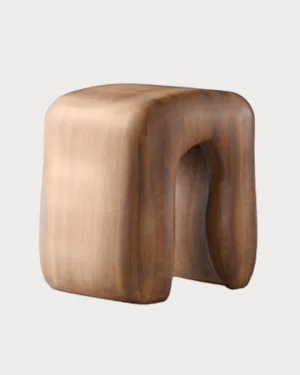
Manikin – Wooden Stool
€3.296 incl. tax This Piece has multiple variants. The options may be chosen on the Piece page -
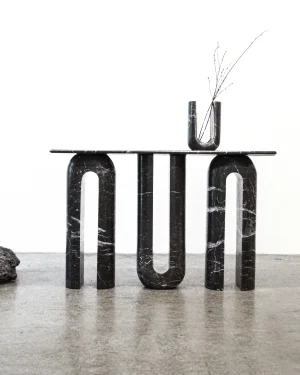 In stock
In stockLago – Marble Console
€5.240 -
 In stock
In stockAureool – Natural Stone Candleholder
€369 incl. tax This Piece has multiple variants. The options may be chosen on the Piece page -
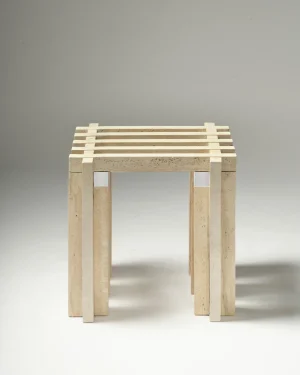 In stock
In stockTavola Dei Marmi Travertine – Side Table
€8.400 incl. tax -
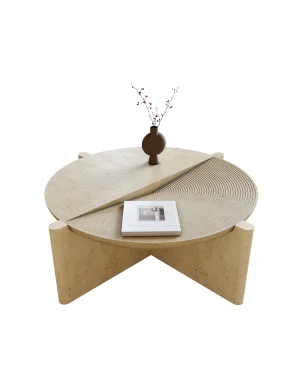
Arkhe No 1 – Round Travertine Coffee Table
€6.170 -
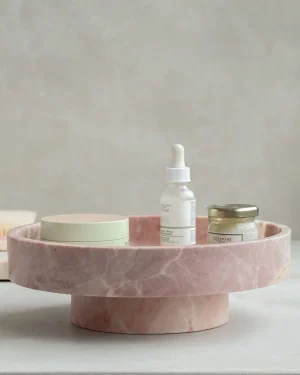
Cyclo Bowls
€204 - €263 incl. tax This Piece has multiple variants. The options may be chosen on the Piece page -
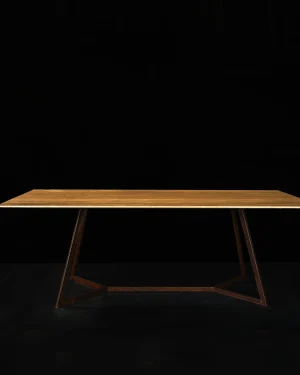
Trapeze Tr4 – Travertine Dining Table
€7.500 incl. tax -
 In stock
In stockEquo 2.0 – Marble, Iron & Stainless Steel Floor Lamp
€1.800 -
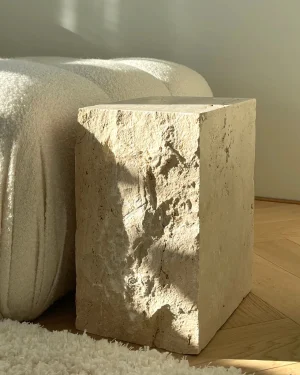
Block Travertine Side Table
€904 incl. tax -
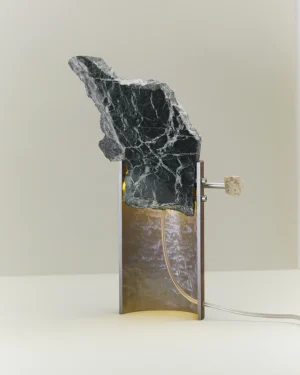 In stock
In stockIt’s A Match! – Green Marble Table Lamp
€950 -
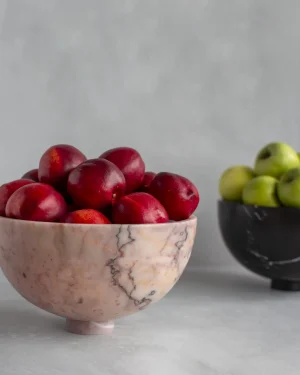
Marble/Travertine Fruit Bowls
€236 - €271 incl. tax This Piece has multiple variants. The options may be chosen on the Piece page -
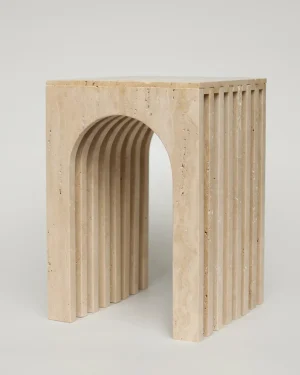
Balance Travertine Side Table
€1.634 incl. tax -
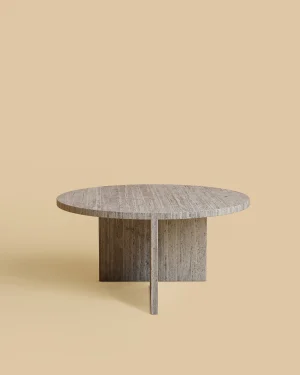
Hashi – Circular Marble Coffee Table
€3.274 - €4.868 incl. tax This Piece has multiple variants. The options may be chosen on the Piece page -
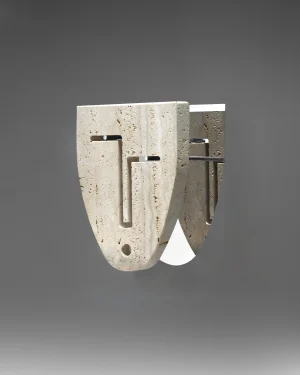
Testa Dei Marmi Travertine – Marble Sculpture
€3.000 - €6.300 incl. tax This Piece has multiple variants. The options may be chosen on the Piece page -
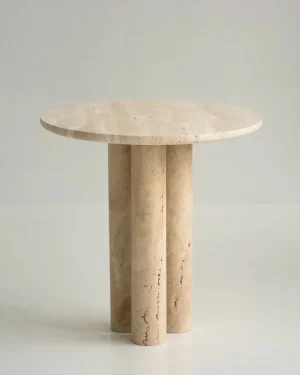
Trio Round Travertine Side Table
€1.150 incl. tax -
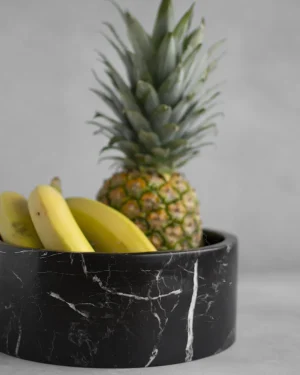
Natural Stone Cylinder Bowls
€217 - €253 incl. tax This Piece has multiple variants. The options may be chosen on the Piece page -
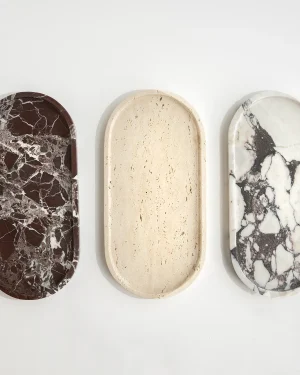
Oval Trays
€188 - €220 incl. tax This Piece has multiple variants. The options may be chosen on the Piece page -

Kanyon – Coffee Tables With Travertine Table Top
€7.238 incl. tax This Piece has multiple variants. The options may be chosen on the Piece page -
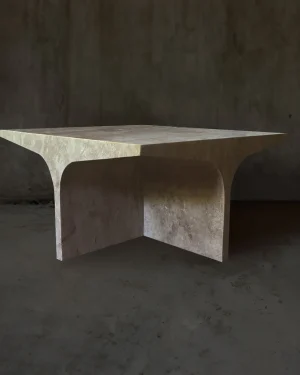
Alcoba – Travertine Coffee Table
Price Upon Request -
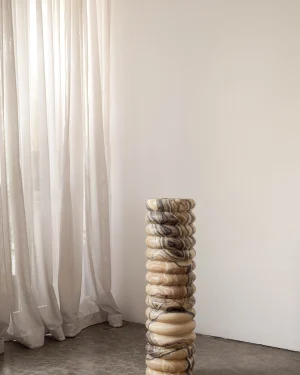 In stock
In stockAntigua Stone Totem
€2.348 -
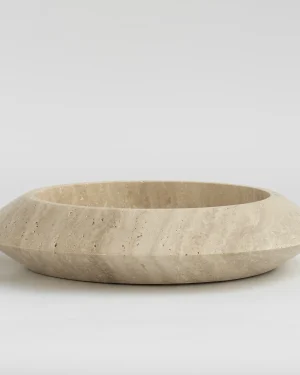
Travertine Eclipse XL Bowl
€338 incl. tax -
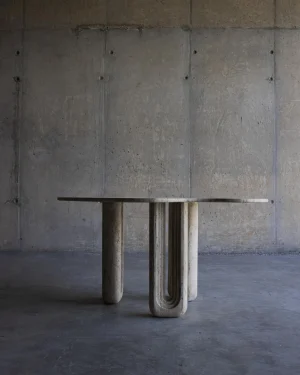 In stock
In stockAmazonas Stone Table High
€2.738 -
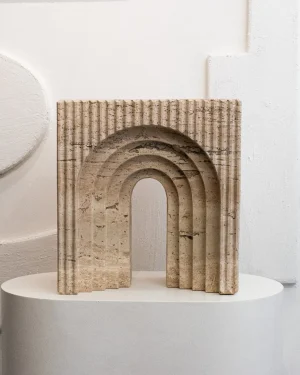 In stock
In stockAmazonas Stool Texture
Price Upon Request -
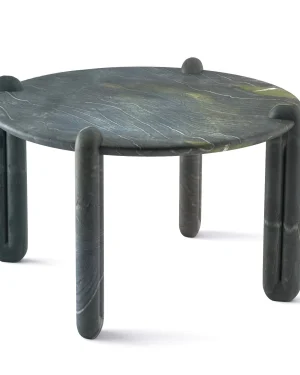
Enigma – Marble Dining Table
€14.637 incl. tax -
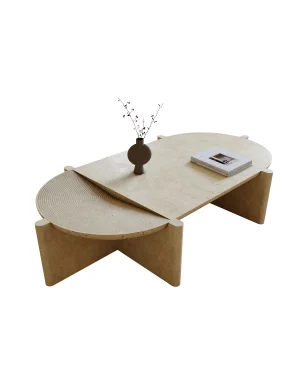
Arkhe No 1 – Oval Travertine Coffee Table
€10.690 -
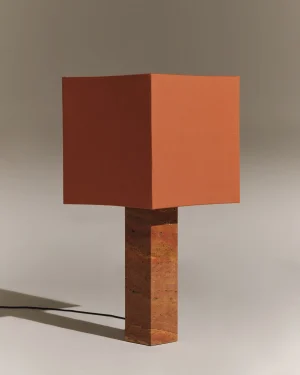
Roma Squared – Large Red Travertine Table Lamp
€1.769 incl. tax -
 In stock
In stockAmazonas – Stone Stool
Price Upon Request -
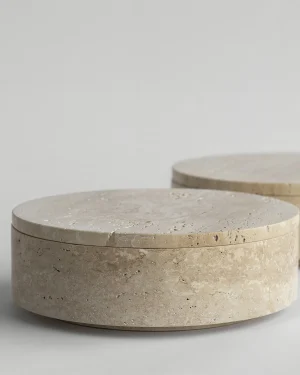
Travertine Cylinder Bowls With Lid
€325 incl. tax This Piece has multiple variants. The options may be chosen on the Piece page -

Haha -travertine Marble Mirror
€3.025 incl. tax -
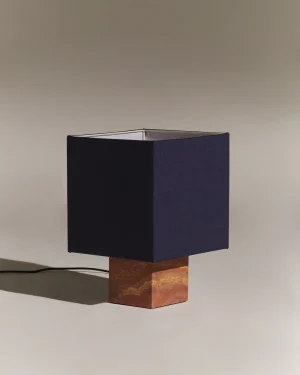
Roma Squared – Small Red Travertine Table Lamp
€1.281 incl. tax -
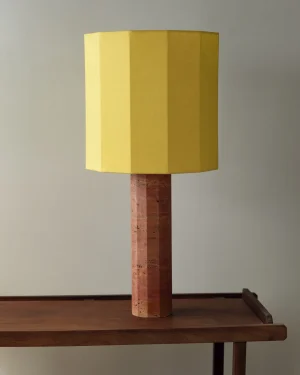
Roma Dodecagon – Large Red Travertine Table Lamp
€2.013 incl. tax -
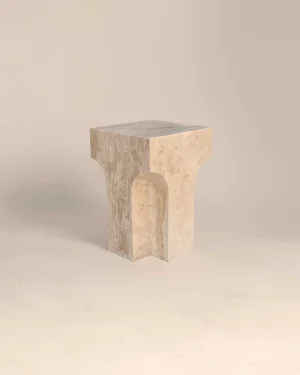
Amud – Travertine Side Table
Price Upon Request -
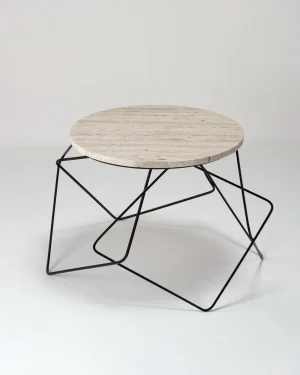 In stock
In stocksTABLE – Travertine Coffee Table
€1.813 incl. tax -

Xl Pedestal Bowls
€248 - €347 incl. tax This Piece has multiple variants. The options may be chosen on the Piece page -
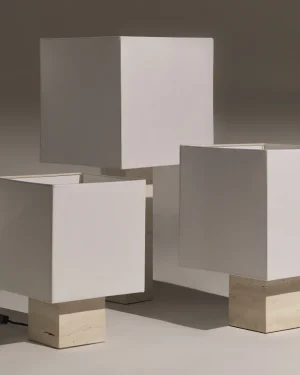
Roma Squared – White Travertine Table Lamp
€1.098 - €1.586 incl. tax This Piece has multiple variants. The options may be chosen on the Piece page -
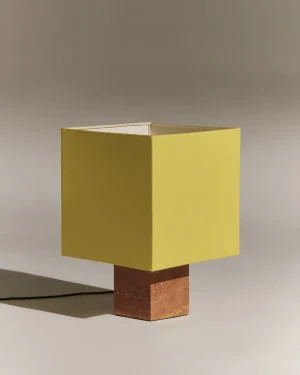
Roma Squared – Medium Red Travertine Table Lamp
€1.403 incl. tax -
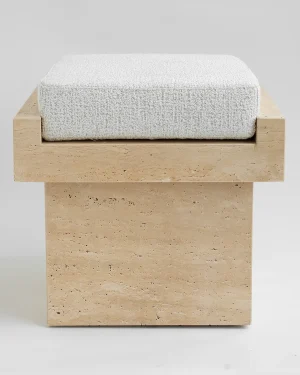
Lego Travertine Stool With Bouclé Cushion
€2.713 incl. tax -
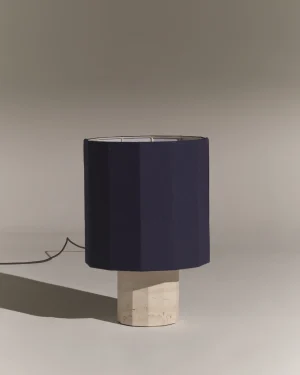
Roma Dodecagon White Travertine – Medium Shade
€1.403 incl. tax This Piece has multiple variants. The options may be chosen on the Piece page -
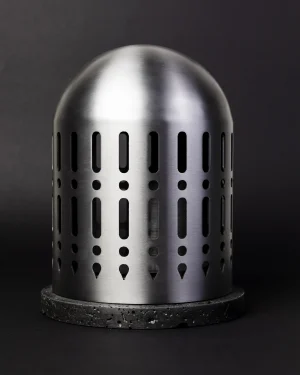 In stock
In stockMedaillon – Incense Burner & Candle Holder
€253 - €300 incl. tax This Piece has multiple variants. The options may be chosen on the Piece page -
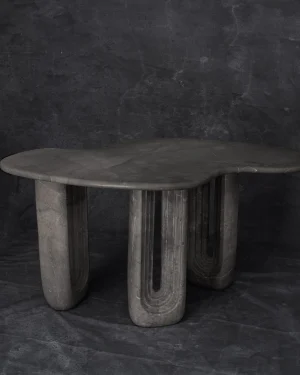 In stock
In stockAmazonas Stone Table Low
€1.896 -
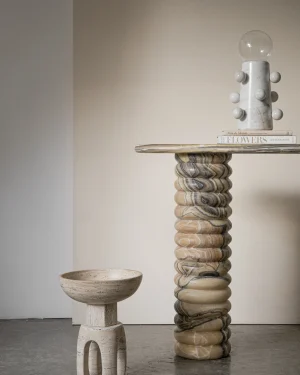
Don’t Be Square – Stone High Vase
€1.056 -

Stratum Basim
€4.949 incl. tax -
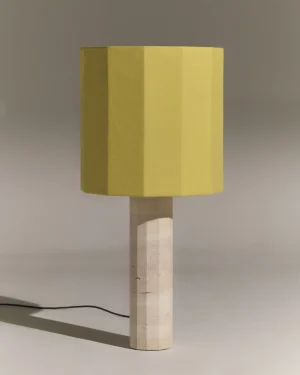
Roma Dodecagon White Travertine – Large Shade
€1.760 - €1.830 incl. tax This Piece has multiple variants. The options may be chosen on the Piece page
